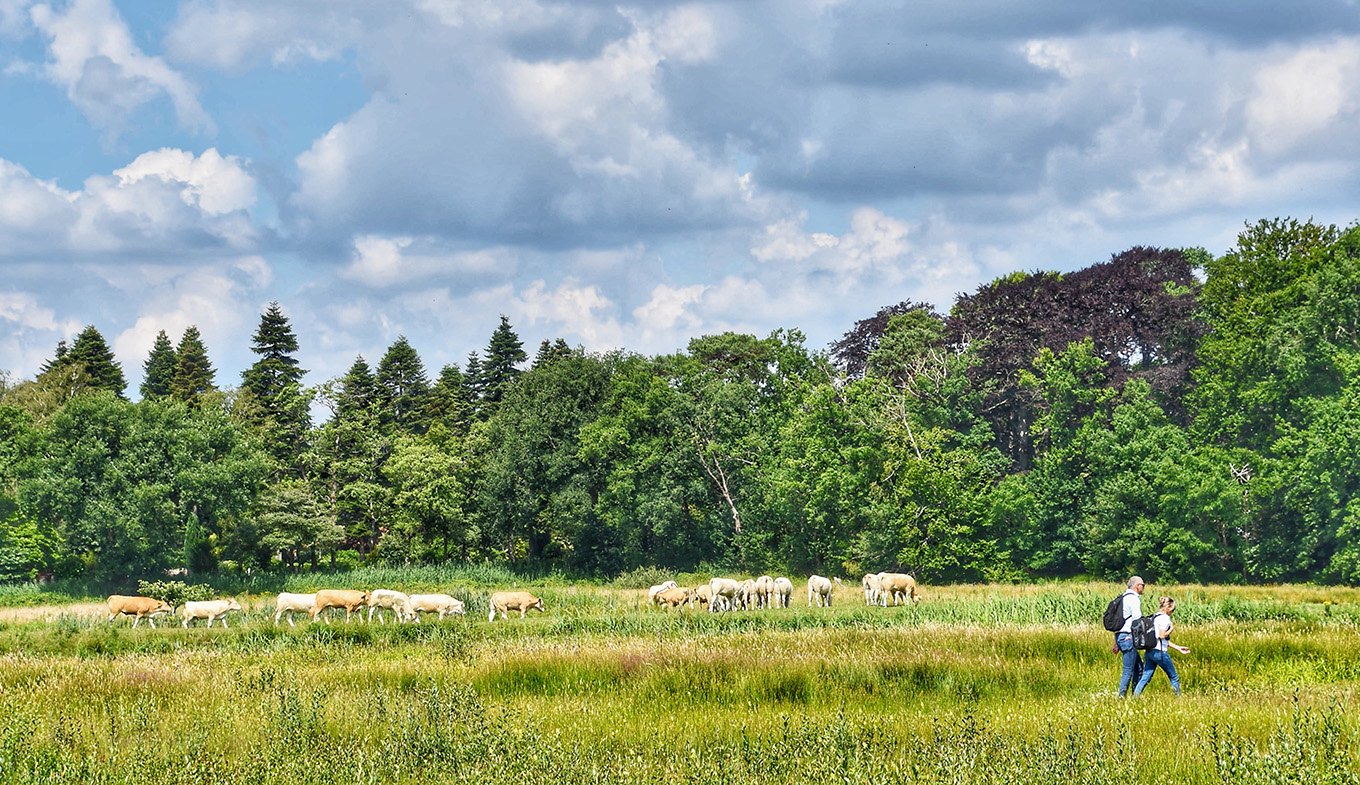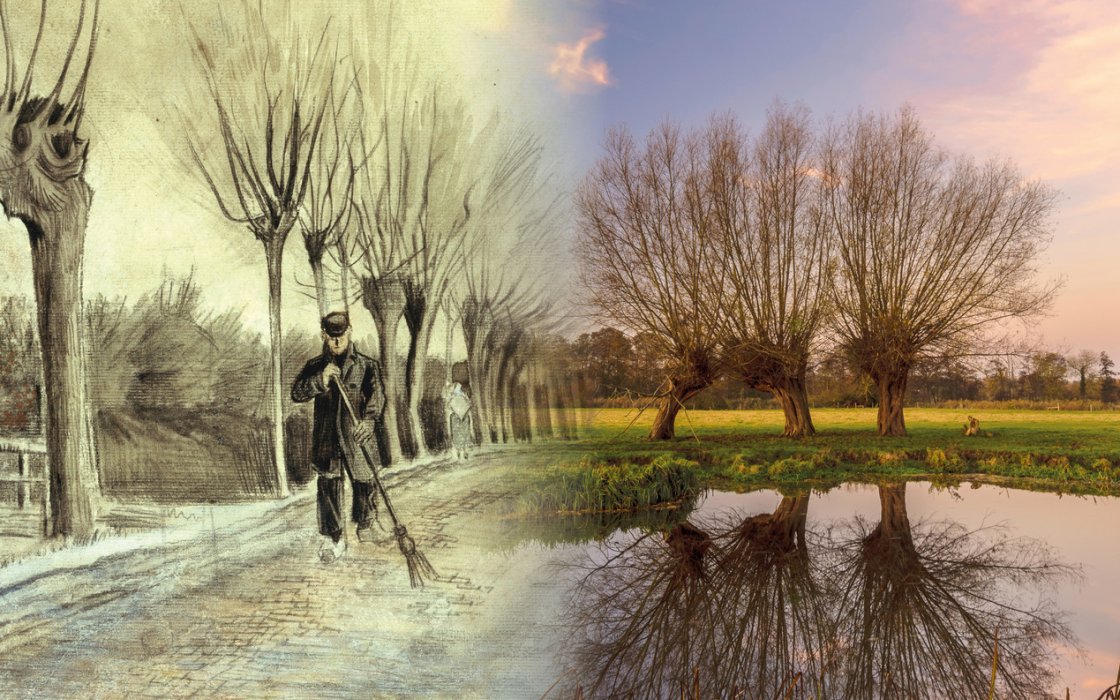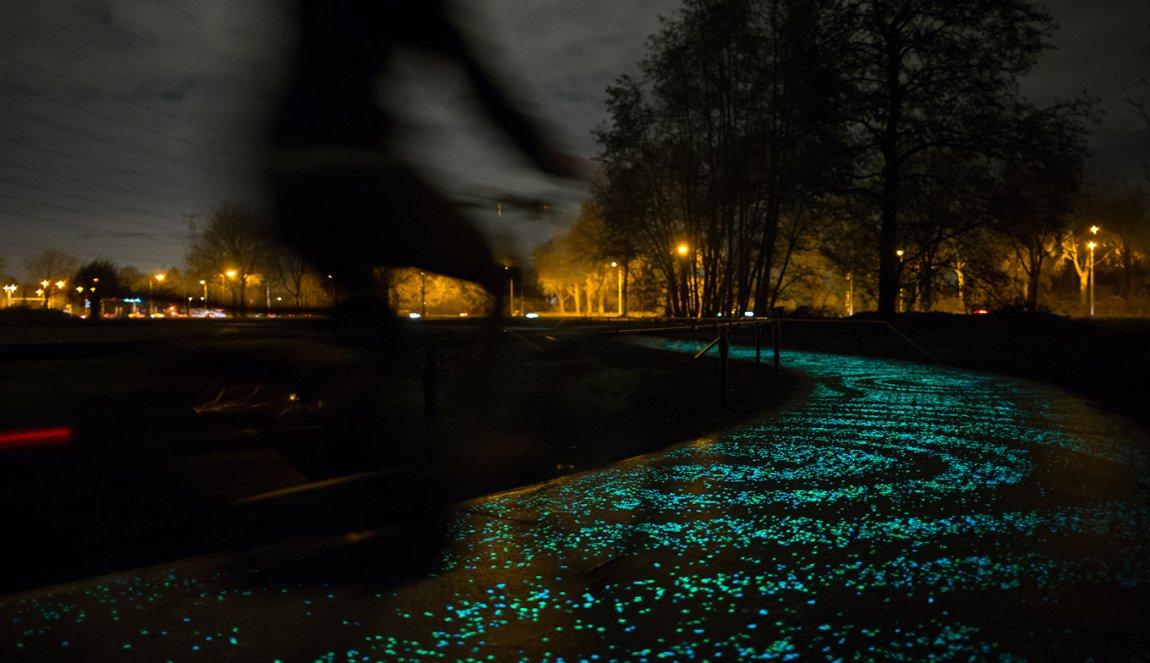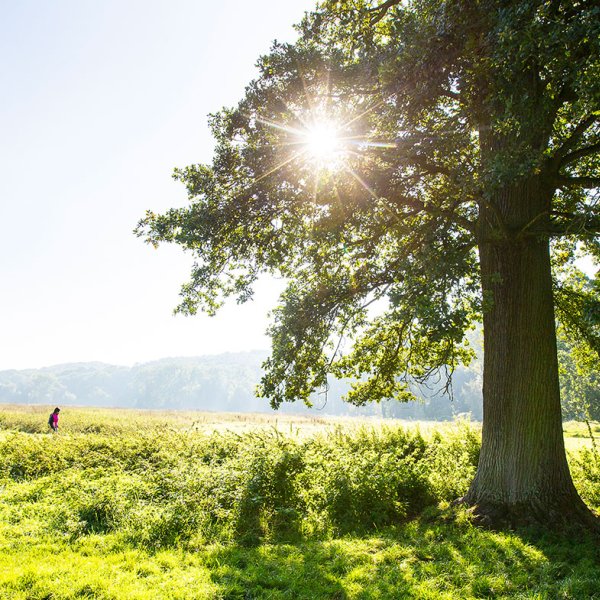
Van Gogh National Park
Van Gogh's native soil

Van Gogh National Park is inextricably linked to Vincent van Gogh, who was born in 1853 and grew up in this area. With its vast fields, farms and forests, the Brabant landscape inspired some of his best-known works. In Nuenen, where he lived and painted, you can visit places depicted in his paintings, such as the scene of The Potato Eaters. Explore the park and literally follow in the footsteps of the world-famous artist, discovering his sources of inspiration.
The National Park connects nature and culture through a combination of museums, historical sites and authentic Brabant villages. Visit the Van Gogh Village Museum in Nuenen to learn more about Van Gogh's life and the environment that inspired him. The region is home to historic farms, picturesque churches and charming streets that exude the atmosphere of the 19th century. No wonder the park is an inspiring destination for art and history lovers alike! Discover North Brabant's past while enjoying the beauty of the surrounding countryside.
A varied landscape

Van Gogh National Park offers varied landscapes with forests, moors, sand drifts and marshes. This unique ecosystem is home to many plant and animal species. In summer, the heath is full of blossoming heather, while bog myrtle and orchids colour the wetlands in spring. The park is also home to various animals such as deer, foxes and rare bird species such as the nightjar. This diverse landscape reflects the inspiration Van Gogh found in nature.
Activities and recreation

The park offers various activities for visitors of all ages. Walkers and cyclists can enjoy well-marked routes through the Brabant countryside. These include five special Van Gogh NP walking routes and ten special cycling routes, including the iconic Van Gogh-Roosegaarde cycle path. And families will love the nature play areas and educational trails that bring nature and Van Gogh's work to life. Visit the Vincentre or combine a tour of the park with a cultural activity to learn more about the artist and his connection to the region.
